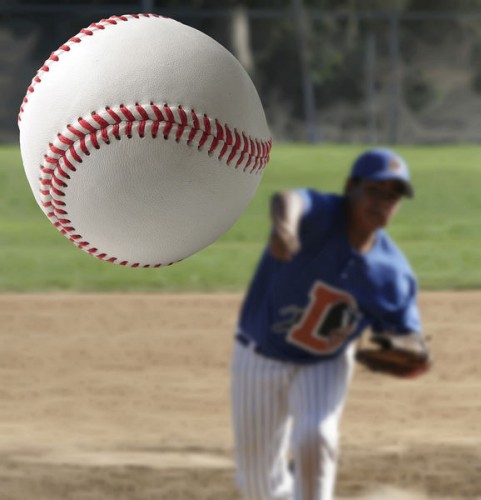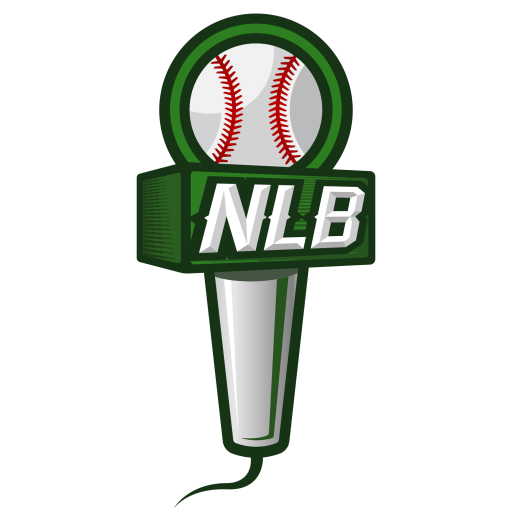Recently I had the opportunity to hang out and talk baseball with former Big Leaguer Pablo Ozuna. Pablo played most of his career with the White Sox and retired with a .282 batting average. Anyways, as you guys already know, I’m always looking for nuggets of baseball wisdom to share with you guys from ballplayers and coaches who have been there and done that. The biggest take away from our conversation came from the following question:
Franco: Best hitting advice to aspiring ballplayers that want to play at the next level?
Pablo: Without a doubt, learn how to recognize pitches. There are times when I would cheat (guess pitches), but really, the key to being a great hitter is being able to recognize pitches early. Whether it’s a curveball, slider, change up, fastball or whatever, being able to identify it early gives you the best chance to hit it hard.
Pretty simple, yet profound. Recognize pitches right out of the pitcher’s hand. TOO many times these words of wisdom are heard, but never applied. That brings us to the point of this article – How To Recognize Pitches More Quickly. A big part of this is simply being aware. It’s easy not to pick up the ball immediately out of the pitcher’s hand during batting practice because the BP pitcher usually isn’t throwing hard or changing speeds with his pitches. This leads us to #1…
#1. Concentrate on picking up the release point during batting practice.
 As mentioned in our previous article, one thing you should be doing in the on-deck circle is picking up where the pitcher is releasing the ball from before you ever step into the batter’s box. Pay attention to this BEFORE your batting practice round and lock in on it when it’s your time to hit. The first few times you start doing this, you’ll probably find yourself out in front of the ball because you’re seeing it so much longer than you had been. It will allow you to recognize the pitch faster, giving you more time to react. If you’re having a hard time with this, and you aren’t going to disrupt practice, turn around and take a few swings from the other side of the plate. Because you aren’t used to hitting from the other side (unless you’re a switch hitter), you will force your eyes to focus more than normal. When you flip back to your normal side you should be locked in.
As mentioned in our previous article, one thing you should be doing in the on-deck circle is picking up where the pitcher is releasing the ball from before you ever step into the batter’s box. Pay attention to this BEFORE your batting practice round and lock in on it when it’s your time to hit. The first few times you start doing this, you’ll probably find yourself out in front of the ball because you’re seeing it so much longer than you had been. It will allow you to recognize the pitch faster, giving you more time to react. If you’re having a hard time with this, and you aren’t going to disrupt practice, turn around and take a few swings from the other side of the plate. Because you aren’t used to hitting from the other side (unless you’re a switch hitter), you will force your eyes to focus more than normal. When you flip back to your normal side you should be locked in.
#2. Learn how to take an occasional pitch during BP (and maybe in a game if you need to).

Wait, isn’t the whole point of batting practice to bat? No! The point of batting practice is to become a better hitter. One way to do this is practice as if it were a game. That means training your eyes to see pitches right from the release point. A good way to make sure you are locked in is to occasionally take a pitch during batting practice to make sure you’re seeing the ball from release point to strike zone. Some great hitters out there take the first pitch of every batting practice round as a reminder to make sure they’re seeing the ball from the release point to the strike zone.
#3. Simulate picking up the release point while hitting off of the tee or soft toss.

How is this possible without an actual pitcher? Good question. You’ll have to use some of your imagination as well as concentration. It’s more difficult to hit off of a tee this way, but it is more game-like and that’s the goal – Do everything as game-like as possible.
This is how it works:
-
Set the ball on the tee.
-
Set up in your normal stance looking out at the imaginary pitcher.
-
Visualize your imaginary pitcher friend winding up and releasing the pitch.
-
Take your stride like a normal swing.
-
“Track the ball” all the way to the ball on your tee.
-
Your bat should be arriving to the ball shortly after your eyes get there.



